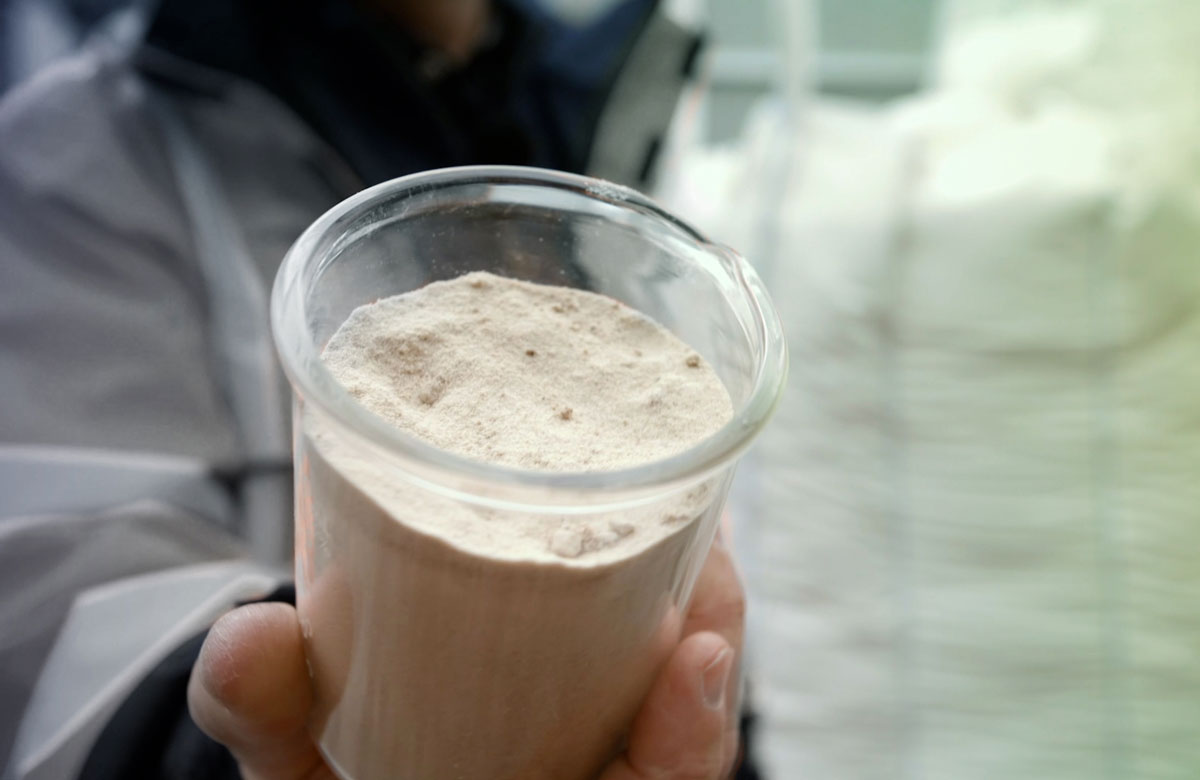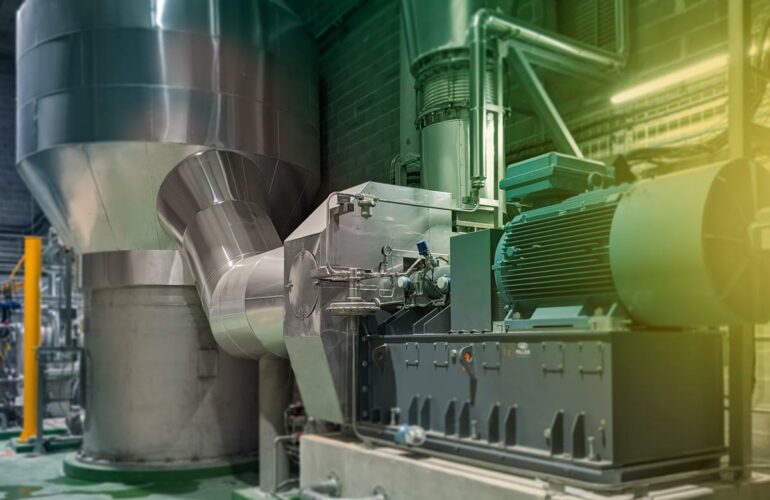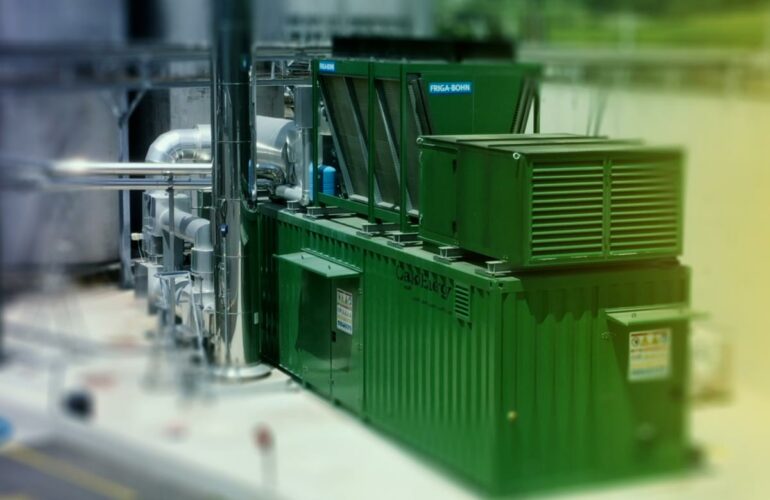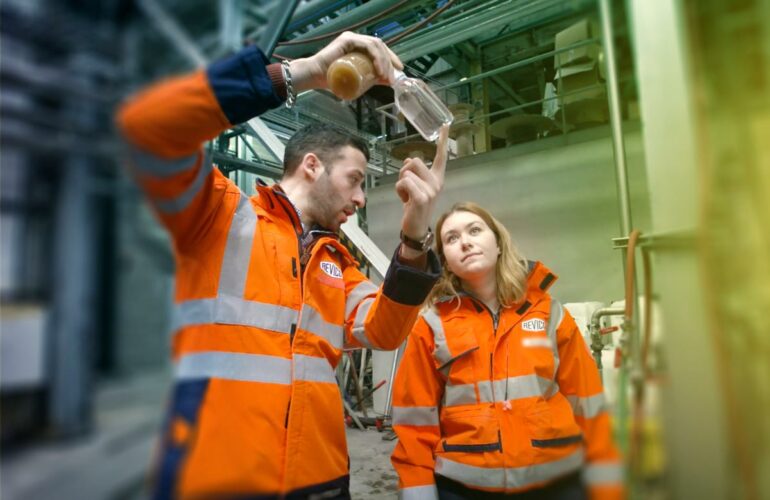REVICO, a unique recovery process
REVICO is a treatment and recovery center for Charente vinasse. The vinasses come from the double distillation of Cognac eaux-de-vie. They are similar to de-alcoholised white wine, rich in organic matter.
During the first stage of the recovery process, the vinasses are separated into two phases: the concentrate, which is sent to the insolubilisation plant to extract tartaric acid, and the condensate, which is sent to the biological treatment basin using aerobic activated sludge.
Recycling a 100% natural food antioxidant
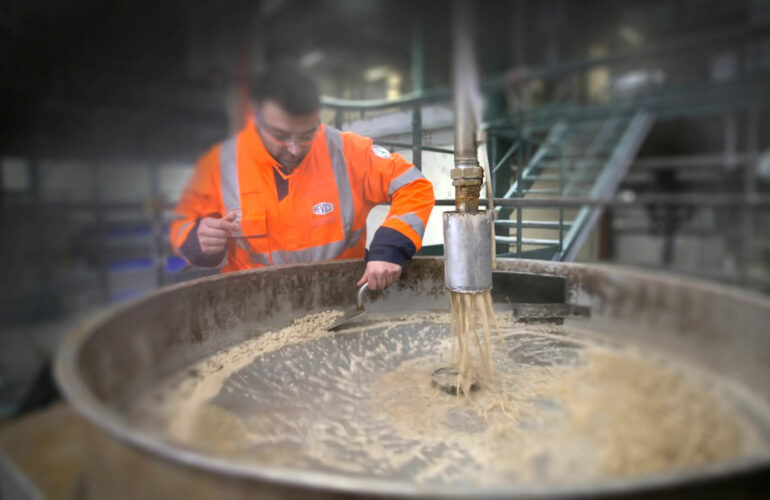
Recovering a biosourced material
The concentrate, or concentrated vinasse, is rich in 100% natural tartaric acid. The extraction of tartaric acid meets 3 environmental goals:
- Isolate potentially contaminating organic matter if it is not treated
- Eliminate a product with high crystallising power
- Recover a food intermediate.
At the entrance to the tartaric acid extraction plant, the concentrated vinasses look like a soup rich in numerous organic molecules.
When it comes into contact with calcium carbonate*, the tartaric acid present in the vinasses becomes insoluble and forms a precipitate (i.e., solidifies). The solidified product is a salt of tartaric acid: calcium tartrate.
At this stage, calcium tartrate is insoluble in water, which enables REVICO to isolate it from the vinasses by filtration.
Did you know?
*Calcium carbonate is powdered limestone. It is one of the most abundant minerals on Earth; it is naturally present in rocks such as chalk, limestone or marble.
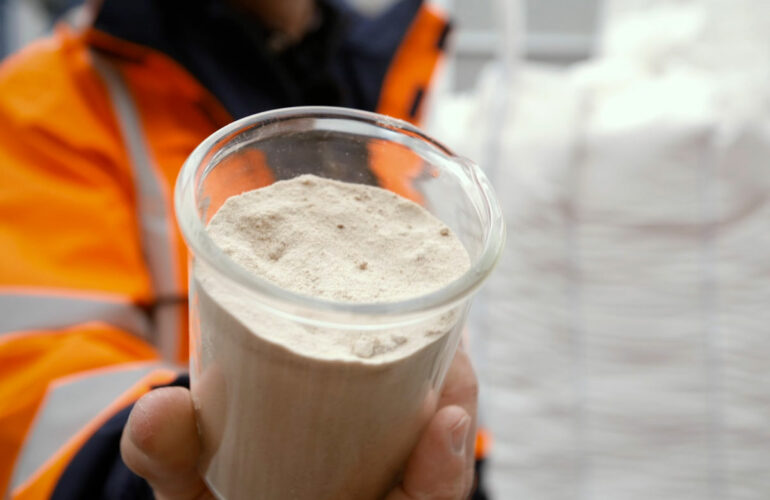
Tartaric acid, a recovered material with numerous uses
The recovery of organic matter does not stop there, as the calcium tartrate is not yet ready for use. REVICO sells the calcium tartrate to refiners on the European market, who will return it to its original crystalline form: tartaric acid.
REVICO produces around 3,000 tonnes of natural calcium tartrate every year, equivalent to almost 4% of the world’s potential of natural tartaric acid.
The finished product, tartaric acid, will find applications mainly in the food industry, oenology and pharmaceuticals, but also in certain specialities of metal chemistry.
